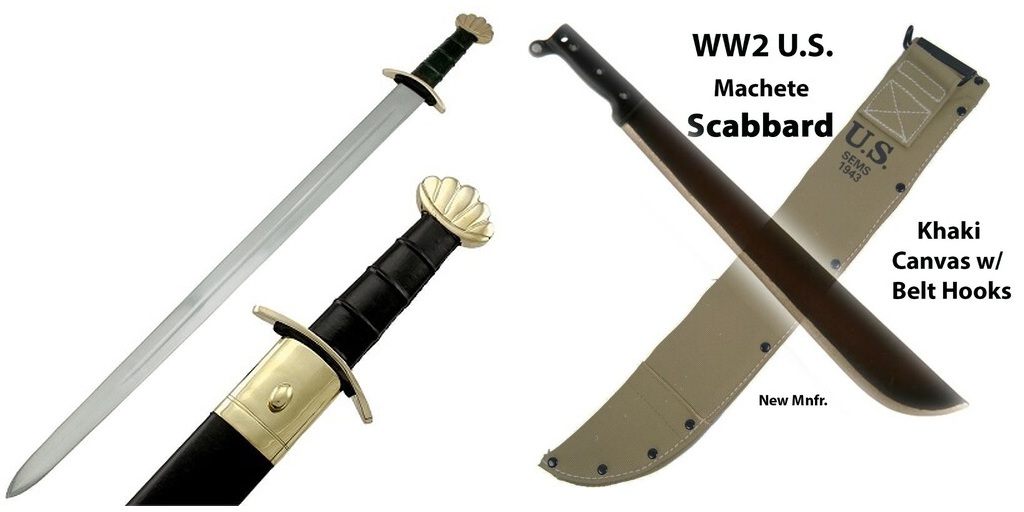Long before the modern era, in a time when firearms had to be loaded at the muzzle (and cumbersomely, might it be said) it was recognized that though firepower was power, it was in sore need of a supplement.
So why not just lean on the arms that had been leant on for generations beforehand?
The first bayonets, from the French “baionnette,” were knives that were stuck into the end of a musket barrel after a shot was fired. This gave the operator extra reach and the ability to convert the musket or rifle as a sort of improvised pole arm.
It also helped combat the shortcoming of the slow rate of fire that was integral to muzzleloaders.
However, despite what one might think, the technology did not become dated with age. Even though bayonets are rarely used today in hand to hand combat, modern rifles are often manufactured with bayonet lugs, and bayonets are still issued as general purpose tools.
These are some of the main categories of bayonets that were manufactured throughout history.
Plug Bayonets
A plug bayonet is of the type immediately described above. Generally speaking, plug bayonets do not contain any special features, nor did the arms with which they are compatible.
In a sense, this made them cross compatible. Plug bayonets typically had a thin handle that was simply “plugged” into the end of a firearm’s muzzle.
Socket Bayonets
The first formal iteration of bayonets was in the form of socket bayonets. Early modern bayonets were socket models that could be fixed to the firearm and allowed the firearm to be fired with the bayonet attached.
Apparently, armies that used plug bayonets were at a distinct disadvantage because it took precious time after firing to affix plug bayonets to the muzzles of their guns.
Consequently, socket bayonets were developed. Socketed models are offset, either to the side of the barrel or underneath the muzzle (allowing the gun to be fired with the bayonet attached) and can sometimes be locked into place by inserting the bayonet over the socket at the end of the muzzle and rotating.
This gave soldiers the ability to fix bayonets before a battle and fire with bayonets attached. It also helped prevent the loss of fixed bayonets during a charge or otherwise when using the bayonet offensively.
Sword Bayonets
By the early 1800’s the socket bayonet had evolved into a model that has come to be known as sword bayonets. Sword bayonets were typically fairly long (they could be upwards of 16 inches) and occasionally sharpened on both edges.
In fact, sword bayonets were sometimes complete with a hilt and looked, for every intent and purpose, just like a sword. When detached from a rifle, it would be difficult to tell the difference.
Sword bayonets gave added reach and extended utility to the weapons with which they were paired.
Contemporary Knife Bayonets
Contemporary knife bayonets were, and remain, the final iteration in the development of bayonets. Early knife bayonets, and modern knife bayonets, look just like survival or fighting knives, with ergonomic handles and utilitarian blades. The only noticeable difference on some of them is the presence of lugs or barrel rings.
Looking for Bayonets for Sale? Visit SARCO, Inc.
Some historical bayonets remain popular collectors’ and reenactors’ items, such as the M1905 bayonet (which looks a lot like a sword bayonet), the M1 that followed it, and the M4 and M5 bayonets that were later developed.
As a result, there is still a lucrative trade in bayonets for sale. If you’re looking for historically valuable models, visit SARCO, Inc., online at SarcoInc.com. They carry a wide range of bayonets for sale along with historical collectibles and firearms parts.
Visit their website or go see them at their shop in Easton, Pennsylvania, for the full experience.



